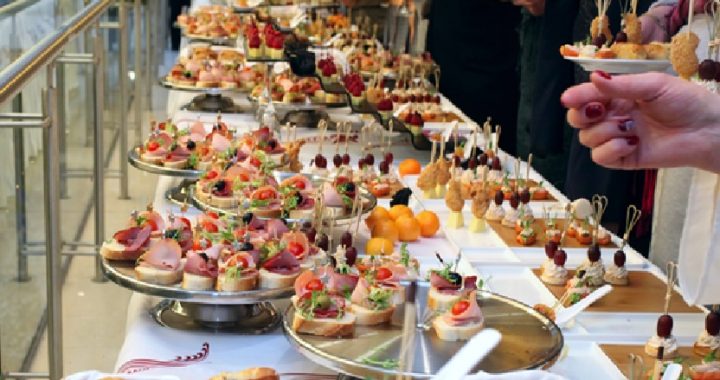
UNCOVERING THE HISTORY OF SOUP: SURPRISING ORIGINS AND TRIVIA
Slow-cooked soups have a primal appeal thanks to their clingy liquid base, the fattiness of rendered fat, and the collagen from hours of steeping bones. For some people, it’s how the meat or beans feel as they softly collapse on your tongue before you can fully sink your teeth. But what is the history of soup? Discover some surprising origins of soup and more.
Origins of soup
According to food historians, soup has been around for as long as cooking has. It was natural that different components would be combined in a sizable pot to provide a nourishing, satisfying, quickly digestible, and simple-to-prepare/serve dish. This made it the ideal option for sedentary and mobile cultures, the wealthy and the impoverished, and fit individuals and invalids. Soup evolved according to regional ingredients and preferences.
Since ancient times, soups have been recommended for invalids because they are simple to digest. Soup is the foundation of the contemporary restaurant business. The first foods served in open restaurants in 18th-century Paris were restoratifs, from whence the word “restaurant” derives. This area was filled with consomme, bouillon, and broth (pot-au-feu). Many of the soups we are familiar with originated in classical French cuisine. Today, science has made it possible for soups to be portable, tinned, dried, and microwave-ready.
Why do we “eat” soup instead of “drink” it?
When you visit a restaurant like the Milwalky Trace and order soup, it comes with a spoon. Soup is considered a component of the meal. Thus, according to etiquette experts, we “eat” rather than “drink” soup. In addition, most cultures prefer to eat soup with a spoon instead of sipping it straight from the container.
This particular equation does not take into account consistency (clear broth, chunky chicken vegetable, creamy cold cucumber), preparation (puree, reduction, simmer, dried), or contents (meat, vegetable, string, dairy, fruit).
What are the basics of making soup?
Any outstanding soup or stew starts with time and patience. Even if a pressure cooker like an InstantPot may miraculously extract huge flavor from your soup or stew’s vegetables and proteins, you still need to take the time to chop everything up. However, there are many exceptions to the “take your time and be patient” rule.
There are three essential elements that every soup and stew needs to be flavorful: an underlying liquid, aromatics, and additions that provide volume. Each instance combines them in layers until the flavors come together in a seamless harmony.
What is the difference between soup and stew?
At its most basic, a soup calls for boiling its ingredients to complete cooking before simmering, whether in water, stock, or broth. It must be sufficiently liquid at the end of cooking to necessitate spoon consumption. In a stew, the larger pieces of the ingredients—usually proteins—are cooked until they are soft and thicken the broth, stock, wine, beer, tomato, or curry foundation to the point where it resembles gravy rather than being completely submerged.
The takeaway
Your soup or stew will feel lighter while savory if you cook it with citrus juices, vinegar, tomato paste, wine, coffee, and beer. These additions also significantly improve the soup’s flavor profile.





